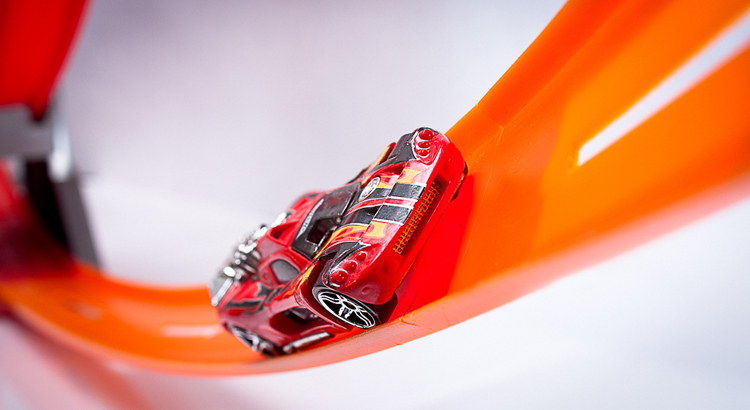There are many things that add strength and element to your website but there are few of them that make it acceptable. Among few such aspects speed stand big and tall as a feature that no website can do without in today’s time.For a website to get successful, it is important that it shows up fast and works swiftly. That’s basic and implied! Also, that’s the one essential feature that you can’t replace with anything else in any manner.
Doing business online is getting tough each day and with a website that takes time to load, you just can’t survive a day. If you don’t want your competitors to bite away your piece of cake, better watch for your website’s speed and comprehend the factors that might affect it.
Here are the major reasons that decide your site performance:
Site hosting
Don’t ever go for the cheap options for hosting service. Your hosting provider has an intrinsic role in your website’s performance. If you have an eCommerce or a marketplace site that receives a huge data and frequent footfalls or regular basis, you just can’t do without a reputed host, backing you up for speed and capacity. A cheap solution could cost you less upfront but it would cost you many visits and the business reputation eventually as you would face gaps and down-times most devastatingly.
Plugins
Plugins have their advantages. They make your site equipped with third-party features and upgraded with latest facility. You get to integrate additional features and frills by simply placing a widget to your site. But it comes with detrimental flaws when you go beyond a certain limit. The more widgets and plugins you apply on your site, the more complicated and heavier it gets. So, it’s a better practice to stick to the options that are really needed and avoid going for the overkill.
Advertisement overload
Well, this is when you subscribe to Google Ads or if you operate as an open ad resource. The more ads you place the more you have chances to harm your load response time. The larger ads with hefty designs can further make it go slower and weaker. This would also make the whole look and feel go for a toss with smoothness missing the mark entirely.
Unoptimized images
Just like random ads if you don’t manage your images for the right format and type, you will miss on speed. Optimize the images you put on your website to allow them to fit in to serve your speed needs well. Go for JPEG format when you use photos and opt for PNG for logos and icons. Don’t keep your image files laden with unnecessary data lying on them and use deflate-compressors to make them consume the least space possible.
Least of flash
Flash websites are good for looks. It would have been a great idea to have them if they show up in time. But that’s not the case unfortunately. In easy words if you even go for flash headers and banners, forget the site, you challenge the loading time of your website a big time. For those who have access to limited bandwidth just consider them not to open your flash based site ever. Well, that simply makes for least or no flash for your website!
Design and theme
Whenever you are opting for complicated designs and themes, just be sure that you are not compromising on speed to keep that design working. Highly engrossed layout can be bad for your site’s performance and can offer snail-paced experience. This leads to a bad user engagement and can be destructive for the entire idea of business you have.
To conclude, it is always better to go with a decent server and look for services that are more authentic. Besides, you should stick to lighter and lesser options to the extent possible when you are trying to feature-up your website. Be very cautious about the updates and integrations and always choose them wisely. Lastly, review it on regular basis for page performance and fix little issues before they turn bigger and harsher to be resolved easily.




